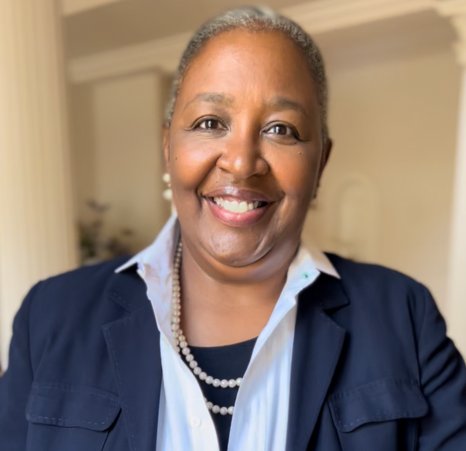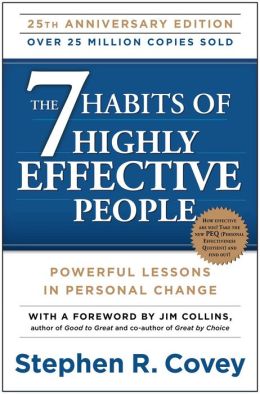Diversity and Civil Rights
Diversity and Civil Rights explores some historical facts about civil rights in the United States of America. It discusses how societal norms impact norms within the workplace.
Background
The fight for civil rights is a desire to be treated equitably regardless of race, gender, nationality or any other attribute of diversity.
Unfortunately, discrimination based on race, gender, nationality, religion and other factors, have been going on for a very long time, and continues today. Society has been "structured" with laws set in place to enforce the structure.
The fight for civil rights aim to change or reverse the laws that put certain people at a disadvantage. In addition to preventing discrimination, it seeks to provide equal rights to all.
For instance, the Civil Rights Act of 1866 was put in place to protect the rights of black people, granting them the right to be citizens and enjoy the rights of citizenship.
The Suffrage Movement during the early 19th century was designed to give women the right to vote, giving women a voice in government and lawmaking.

Civil Rights Act of 1964
In the United States of America, the Civil Rights Act of 1964 was passed, outlawing discrimination based on race, national origin, religion and gender (women).
This law was enacted after hundreds of years of discrimination based on these factors.
Discrimination is "treating people in a way that is worse than others based on their membership in a certain group or category," which involves "some form of exclusion or rejection."
President John F. Kennedy called for the legislation, but was assassinated before it was signed into law.
Although this law may seem like a "no brainer," it actually took thirteen months from the time it was introduced until it was passed into law.
President Lyndon B. Johnson led the charge to get this signed into law almost one year after President Kennedy's assasination.
Diversity and Civil Rights
Implications In The Workplace
The passage of the Civil Rights Act of 1964 opened the way for increasing diversity in the workforce, especially diversity in terms of race and gender.
But the fact that a law was passed does not mean that discrimination ceased to exist. The biases and perceptions that resulted in discriminatory behavior in the larger society still existed, including in the workplace. Unfortunately, it continues today.
This presentation on Diversity and Civil Rights in the United States was given in 2011. Please read the notes at the bottom of the video.

Implications To The Leader
So, how does diversity and civil rights affect you in your role as a leader who leads?
First, it is important that you examine your biases and preferences. How do they impact your interactions with those those you lead, especially those who are diverse?
Secondly, once that is done, you can detect biases and preferences that hinder teamwork and determine the best plan of action.
Third, take action to address and eliminate barriers that hinder teamwork and preventing you from reaching your goals.
This will positively affect your team's ability to work well together toward mutually beneficial goals.
Improve Your Relationship with Your Boss
Are you looking to improve your relationship with your boss? If so, the Boss Relationship Worksheet will help you better understand and communicate more effectively with your immediate supervisor.
To download your copy, submit your information on the form below.
After completing the Boss Relationship Worksheet, you will find that the following will prove helpful in showing you how to cultivate a better working relationship with your boss:
 |
I published my first book and I am beyond excited.
Get your FREE copy of Called to Lead!
ORDER PRINT HERE
Leaders don't
create
followers.
Leaders
create
other
leaders.
- Tom Peters













